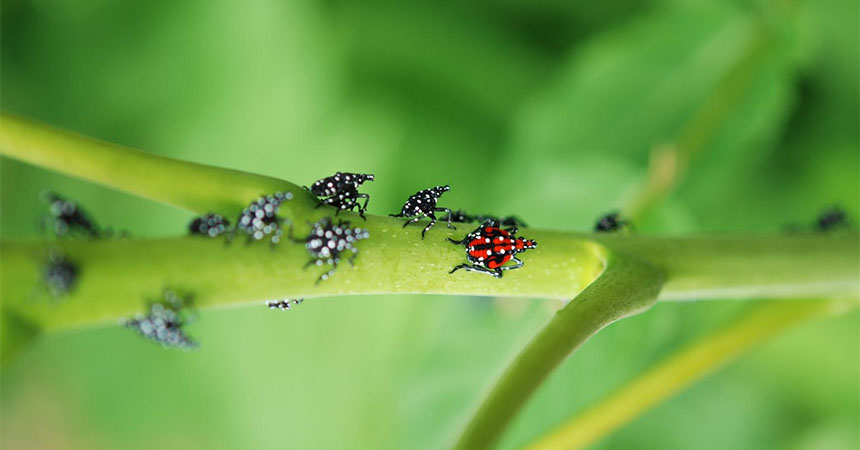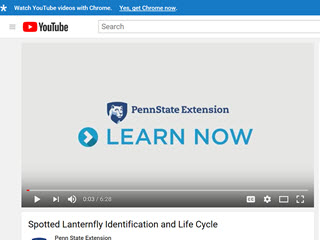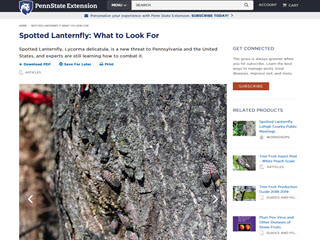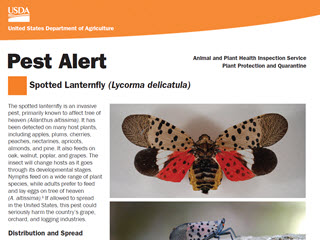
IDaids for the spotted lanternfly
In February of this year, USDA approved $17.5 million in emergency funding to help Pennsylvania combat the spotted lanternfly (Lycorma delicatula). Plant protection officials warn this invasive pest can cause substantial economic damage, as it feeds on a wide variety of host plants and crops, including almonds, apples, grapes, hops, stone fruits, and walnut trees. They may congregate on their hosts to feed in great numbers, thereby draining a host's nutrients. Their honeydew waste product also causes sooty mold to grow, further contributing to host decline.
Despite its name, this pest is a planthopper in the order Hemiptera. Native to Asia, the spotted lanternfly has quickly spread since its initial detection in 2014. The insect is not a strong flier, yet its U.S. range is expanding, mostly due to the movement of vehicles, outdoor furniture, or other objects to which females glue their inconspicuous egg masses.
We selected this set of IDaids to help identify the spotted lanternfly in all its life stages, from egg mass through adult.
Spotted Lanternfly.Com
Invasive Insect Solutions, United States of America
Image gallery with short captions; click on “Spot The Egg Mass!” for another helpful image gallery and “SLF FACTS!” for additional information about the pest.
Spotted Lanternfly Identification and Life Cycle
PennState Extension, United States of America
Video describes the pest and its primary host.
Spotted Lanternfly: What to Look For
PennState Extension, United States of America
Image gallery with helpful captions. PDF (see "Download PDF" menu item) is a convenient way to view content.
Pest Alert: Spotted Lanternfly (Lycorma delicatula)
United States Department of Agriculture (USDA)
Covers distribution, damage, description, life cycle, and detection, along with photos showing life stages.



